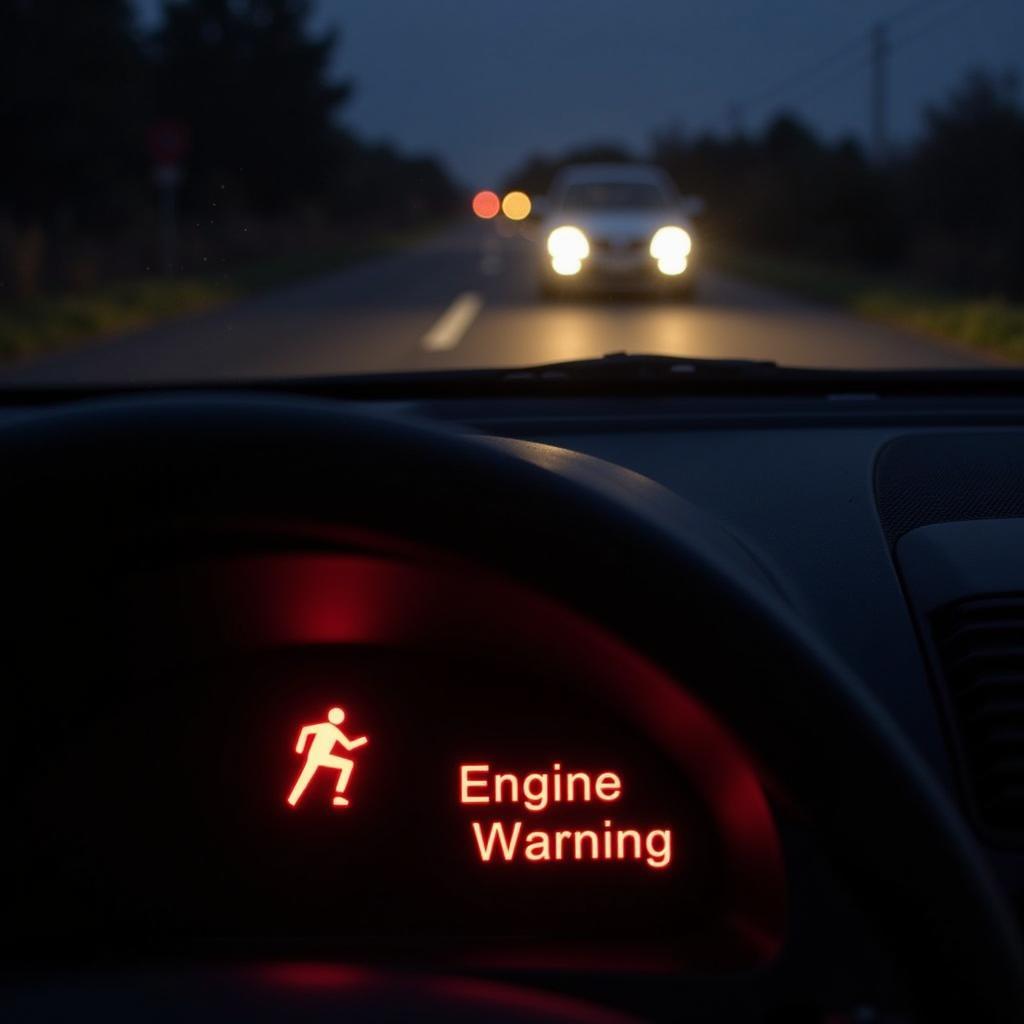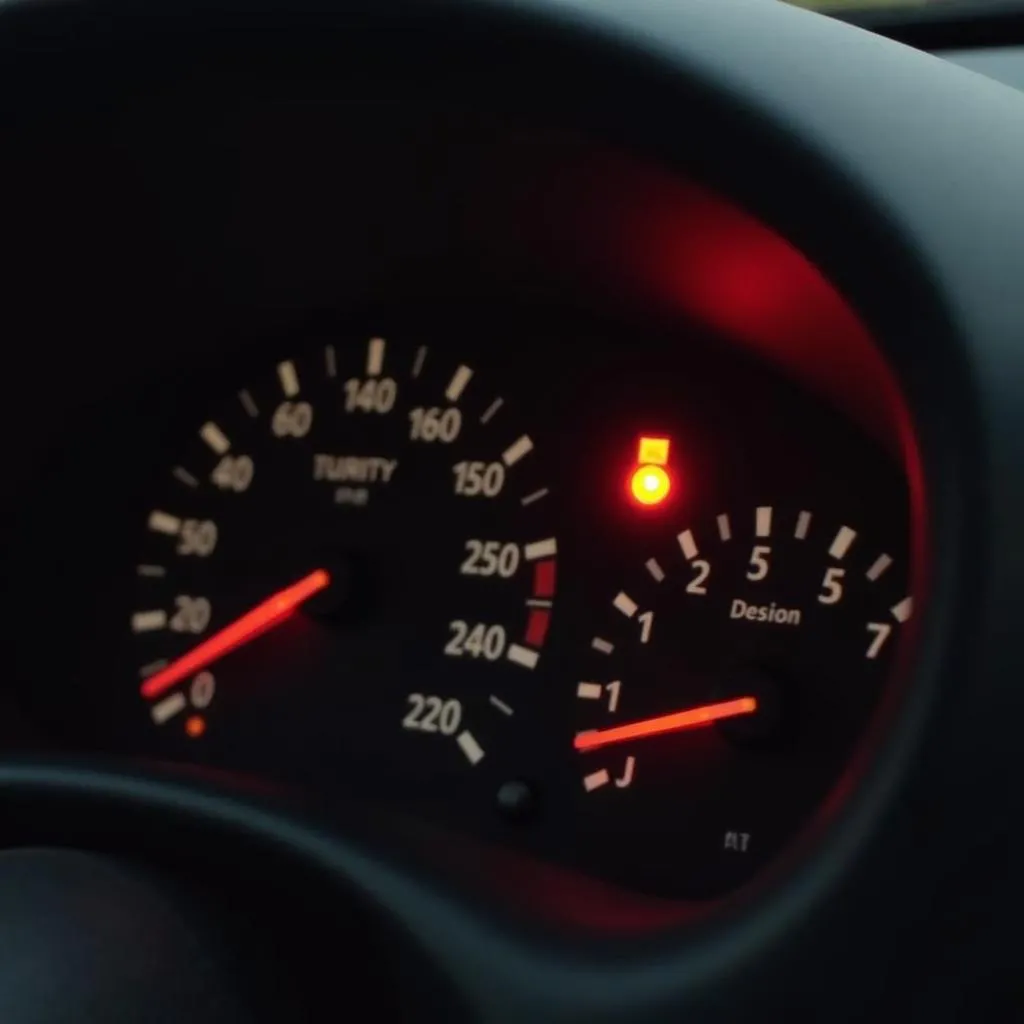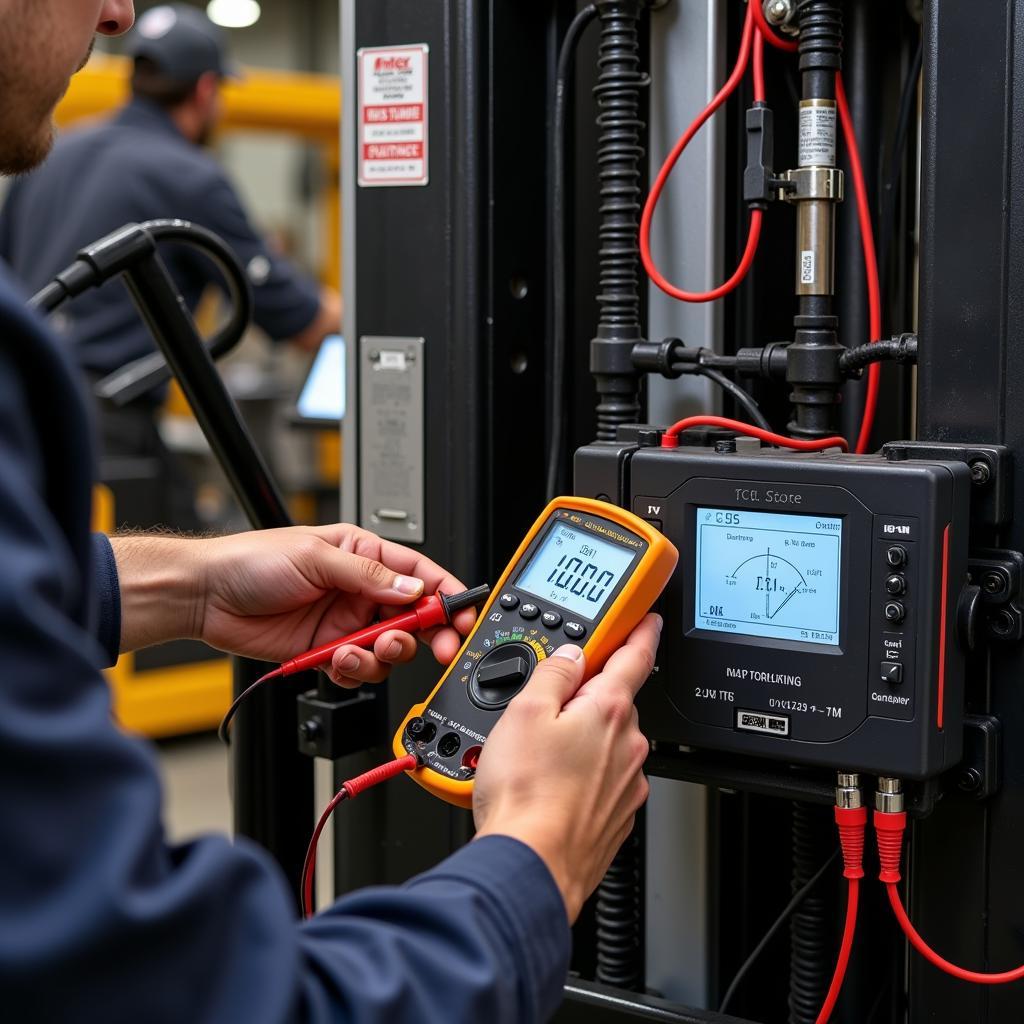Your Seat Ibiza’s dashboard is like its own language, communicating vital information through various warning lights. While some are simply reminders, others indicate potential issues that shouldn’t be ignored. This guide will decode those mysterious illuminated symbols on your 2004 Seat Ibiza dashboard, helping you stay ahead of potential problems and ensure a safe and smooth ride.
Common Culprits: Understanding the Basics
Before diving into specifics, let’s familiarize ourselves with the standard warning light categories and their usual colors:
- Red: Signals a serious issue requiring immediate attention. Continuing to drive could damage your vehicle or, worse, endanger you and your passengers.
- Yellow/Orange: Indicates a less critical problem that needs addressing soon. Ignoring these lights could lead to more significant issues down the line.
- Green/Blue: These lights typically signify that a system is active and functioning correctly.
Deciphering the Dashboard: Seat Ibiza 2004 Warning Lights Explained
Let’s break down the most common warning lights you might encounter in your 2004 Seat Ibiza:
Engine Warning Light
 Engine Warning Light
Engine Warning Light
This light, often resembling an engine outline, is your car’s “check engine” signal.
Possible causes:
- Oxygen sensor malfunction
- Loose gas cap
- Faulty spark plugs
- Catalytic converter issues
What to do: Get your car diagnosed by a mechanic as soon as possible.
Brake System Warning Light
This light, often a circle with an exclamation mark, signals an issue with your braking system.
Possible causes:
- Low brake fluid
- Worn brake pads
- Brake system sensor failure
What to do: Pull over immediately and check your brake fluid level. If low, top it up. Regardless, have a mechanic inspect your brakes as soon as possible.
Battery Charging System Warning Light
Resembling a car battery, this light illuminates when there’s a problem with the charging system.
Possible causes:
- Failing alternator
- Loose or corroded battery cables
- Dying battery
What to do: If the light stays on, your battery isn’t charging properly. Get your car to a mechanic to diagnose the issue.
Oil Pressure Warning Light
This light, usually an oil can with a drop, indicates low oil pressure.
Possible causes:
- Low oil level
- Faulty oil pump
- Worn engine components
What to do: Stop driving immediately! Continuing with low oil pressure can cause severe engine damage. Check your oil level and seek mechanical assistance.
Coolant Temperature Warning Light
This light, often a thermometer in water, signals an overheating engine.
Possible causes:
- Low coolant level
- Faulty thermostat
- Cooling fan malfunction
What to do: Pull over immediately and turn off your engine. Continuing to drive with an overheating engine can cause significant damage. Allow the engine to cool down before checking the coolant level.
Beyond the Basics: Other Warning Lights to Note
- ABS Warning Light: Indicates a problem with the Anti-lock Braking System (ABS). While your regular brakes may still function, get the system checked for optimal safety.
- Airbag Warning Light: This light, often a figure with a deployed airbag, signifies a problem with the airbag system. Have this addressed immediately as a malfunctioning airbag poses a severe safety risk.
- Power Steering Warning Light: This light, usually a steering wheel with an exclamation mark, indicates a problem with your power steering. You’ll notice the steering becoming heavier. While drivable, have it checked for safety and to avoid further damage.
Prevention is Key: Maintaining Your Seat Ibiza
Regular maintenance is crucial to prevent many warning light scenarios.
- Check your fluids regularly: Engine oil, coolant, brake fluid, and power steering fluid levels should be checked regularly and topped up as needed.
- Inspect your tires: Maintain correct tire pressure and look for signs of wear and tear.
- Schedule regular servicing: Follow your Seat Ibiza’s service schedule for oil changes, filter replacements, and other routine maintenance.
“A well-maintained car is a safe and reliable car,” says John Smith, Senior Automotive Technician at ABC Mechanics. “Don’t ignore those warning lights. Early detection can save you headaches and costly repairs down the road.”
In Conclusion
Understanding your 2004 Seat Ibiza’s dashboard warning lights is crucial for a safe and enjoyable driving experience. This guide provides a starting point, but always refer to your owner’s manual for specific information regarding your vehicle. If you encounter any warning lights, especially red ones, prioritize a visit to a qualified mechanic to diagnose and address the issue promptly.



